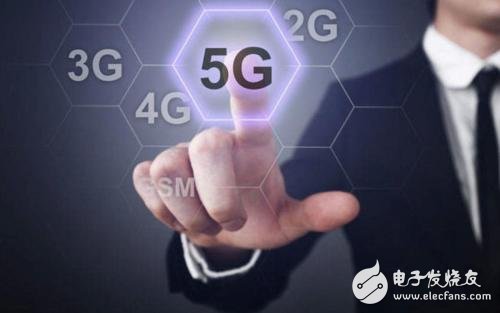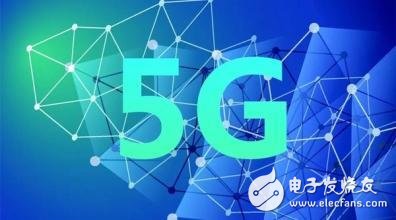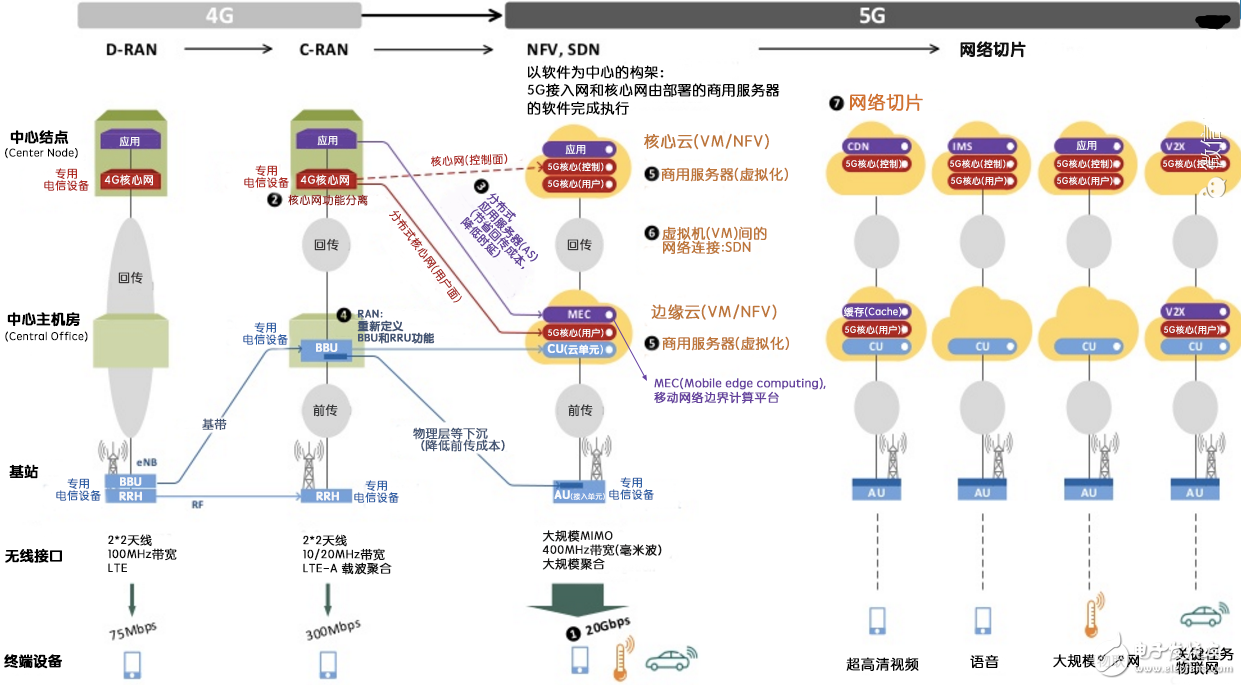What is 5G?
 In the world of mobile communications, we’ve seen a steady evolution over the years. The first generation (1G) used analog signals to transmit voice. The second generation (2G) introduced digital voice communication, making calls clearer and more secure. Then came 3G, which brought multimedia services like video calls and mobile internet. 4G took it a step further by offering much faster data speeds, allowing for high-quality streaming and real-time online experiences.
Now, 5G is the next big leap in mobile technology. The term "G" stands for "Generation," so 5G means the fifth generation of mobile networks. It’s not just an upgrade—it’s a transformation that will change how we connect, communicate, and interact with technology.
In the world of mobile communications, we’ve seen a steady evolution over the years. The first generation (1G) used analog signals to transmit voice. The second generation (2G) introduced digital voice communication, making calls clearer and more secure. Then came 3G, which brought multimedia services like video calls and mobile internet. 4G took it a step further by offering much faster data speeds, allowing for high-quality streaming and real-time online experiences.
Now, 5G is the next big leap in mobile technology. The term "G" stands for "Generation," so 5G means the fifth generation of mobile networks. It’s not just an upgrade—it’s a transformation that will change how we connect, communicate, and interact with technology.
 So far, mobile technology has evolved from a "people-to-people" platform (like 3G) to a "people-to-information" connection (like 4G). But 5G goes beyond that. It's designed to be more than just a faster internet for smartphones. It aims to create a seamless, low-latency, and highly adaptable network that supports a wide range of applications—everything from smart cities and autonomous vehicles to augmented reality and industrial automation.
5G isn’t just about speed; it’s about connectivity. It will enable billions of devices to communicate instantly, opening up new possibilities in healthcare, education, transportation, and more. This shift is expected to drive innovation, boost economic growth, and reshape entire industries.
So far, mobile technology has evolved from a "people-to-people" platform (like 3G) to a "people-to-information" connection (like 4G). But 5G goes beyond that. It's designed to be more than just a faster internet for smartphones. It aims to create a seamless, low-latency, and highly adaptable network that supports a wide range of applications—everything from smart cities and autonomous vehicles to augmented reality and industrial automation.
5G isn’t just about speed; it’s about connectivity. It will enable billions of devices to communicate instantly, opening up new possibilities in healthcare, education, transportation, and more. This shift is expected to drive innovation, boost economic growth, and reshape entire industries.
 Here are some key differences between 5G and 4G:
1. **Deployment Stage**: While 4G is already widely deployed, 5G is still in early stages, with large-scale rollout expected around 2020 and beyond.
2. **Connectivity Focus**: 4G was mainly about providing bandwidth, but 5G aims to deliver universal connectivity, ensuring reliable access anywhere—whether in a city or a remote area.
3. **Technology Integration**: 5G isn’t a standalone system. It combines multiple technologies like 2G, 3G, LTE, Wi-Fi, and M2M to support a variety of applications, including IoT, wearables, and AR.
4. **Device Handling**: Unlike 4G, 5G can manage a massive number of connected devices and different types of traffic. For example, it can provide ultra-fast links for HD video streaming or low-speed connections for sensor networks.
5. **Network Architecture**: 5G introduces new structures like cloud RAN and virtual RAN, enabling a more centralized and efficient network. It also uses localized data centers to improve performance.
6. **Cognitive Radio**: 5G uses intelligent radio technology to automatically adjust to different bands and device types, making it flexible enough to serve both industrial systems and consumer apps like social media.
As 5G continues to develop, it promises to revolutionize the way we live and work. From smart homes to self-driving cars, the future is fast, connected, and full of potential.
Here are some key differences between 5G and 4G:
1. **Deployment Stage**: While 4G is already widely deployed, 5G is still in early stages, with large-scale rollout expected around 2020 and beyond.
2. **Connectivity Focus**: 4G was mainly about providing bandwidth, but 5G aims to deliver universal connectivity, ensuring reliable access anywhere—whether in a city or a remote area.
3. **Technology Integration**: 5G isn’t a standalone system. It combines multiple technologies like 2G, 3G, LTE, Wi-Fi, and M2M to support a variety of applications, including IoT, wearables, and AR.
4. **Device Handling**: Unlike 4G, 5G can manage a massive number of connected devices and different types of traffic. For example, it can provide ultra-fast links for HD video streaming or low-speed connections for sensor networks.
5. **Network Architecture**: 5G introduces new structures like cloud RAN and virtual RAN, enabling a more centralized and efficient network. It also uses localized data centers to improve performance.
6. **Cognitive Radio**: 5G uses intelligent radio technology to automatically adjust to different bands and device types, making it flexible enough to serve both industrial systems and consumer apps like social media.
As 5G continues to develop, it promises to revolutionize the way we live and work. From smart homes to self-driving cars, the future is fast, connected, and full of potential.



Timing Belt,Lift Door Machine Belt,Elevator Door Machine Belt,Elevator Timing Belt
Shanghai Janetec Electric Co., Ltd. , https://www.janetecelectric.com